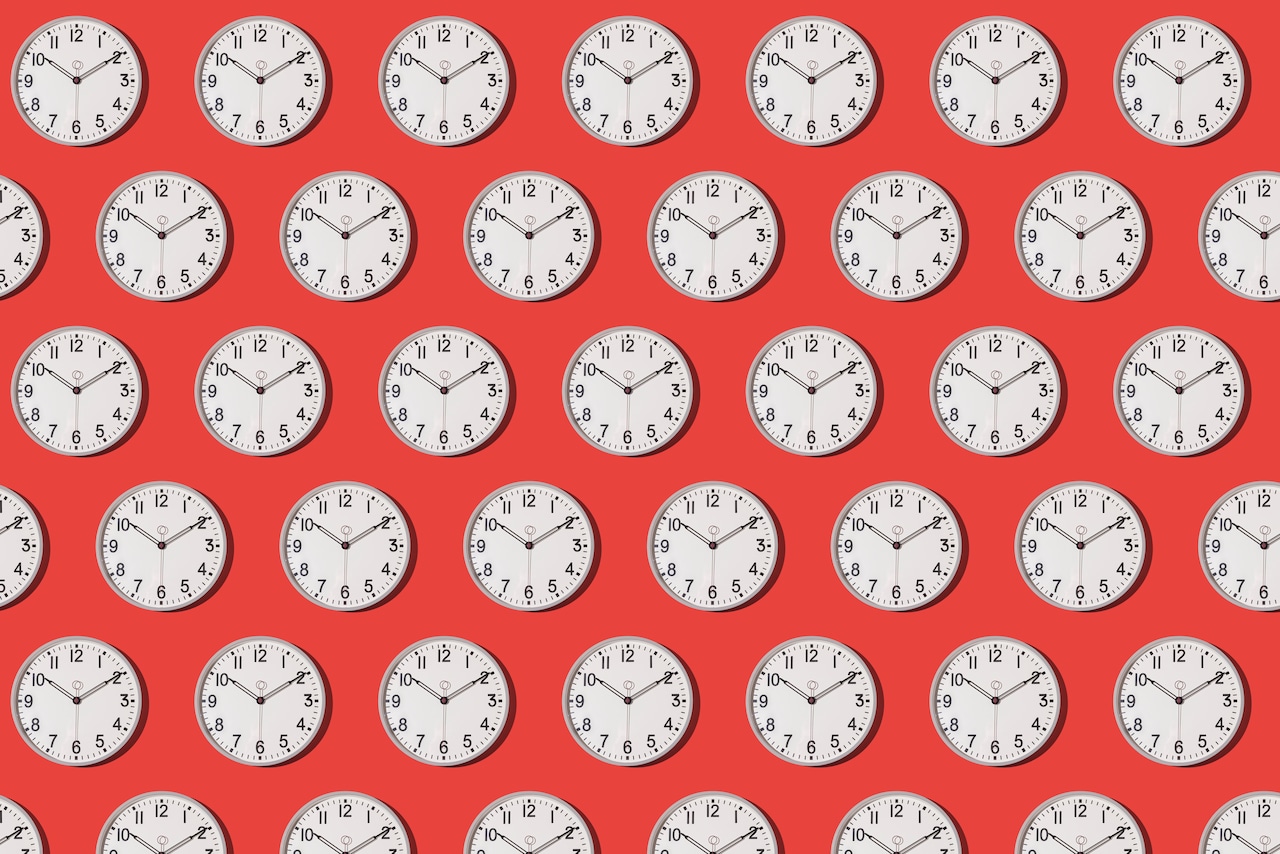STATEN ISLAND, N.Y. — Daylight Saving Time will come to an end one day earlier than it has in past years, bringing longer nights and shorter days.
That’s because it always ends on the first Sunday in November, which this year is Nov. 2, 2025. Next year, we’ll have the shortest Daylight Saving Time of all, when the transition will occur on Nov. 1, 2026.
As we get deeper into fall, darkness has been taking over sunlight a bit earlier each day in New York, anyway.
That’s due to the tilt of the Earth’s axis as it orbits around the sun, according to sciencing.com, a website that addresses questions about science, engineering and mathematics.
During summer in the Northern Hemisphere, the North Pole is tilted toward the sun, so the sun’s rays hit the northern part of the Earth directly, which gives us longer daylight hours, according to the website.
But as the Earth continues its orbit, the Northern Hemisphere starts to tilt away from the sun, and it appears lower in the sky and its rays start to spread over a larger area. This causes shorter days and longer nights, the website stated.
On Nov. 2, 2025, Daylight Saving Time officially ends, and we “fall back” into Standard Time.
Sunrise will occur about an hour earlier on Nov. 2, and there will be more light early in the morning.
But darkness will fall sooner that evening.
As our days get shorter, we will continue to gradually approach the year’s shortest day — Sunday, Dec. 21, known as the winter solstice.
At that point, days begin to gradually get lighter until we jump back into Daylight Saving Time on March 8, 2026.
Not everyone agrees
While many of us enjoy the time change and look forward to more hours of sunlight in the warmer months, not everyone agrees.
Many think the time switch twice a year is unhealthy or hurts productivity.
Two states still opt out of changing the clocks: Arizona and Hawaii. They remain in Standard Time all year long.
Lawmakers in New York have been considering whether or not to opt out of the practice in recent years.
During the fall 2023 legislative session, lawmakers introduced a pair of bills in the New York State Assembly and Senate to make Daylight Saving Time permanent.
But no vote took place before they expired, and neither became law.
And six bills were introduced in 2025 in the state Assembly and Senate. Three advocate for permanent Standard Time, introduced by State Sen. Leroy Comrie and New York State Assemblymembers Angelo Morinello and Jeffrey Dinowitz.
Another three seek permanent Daylight Saving Time. They were introduced by Assemblymember Dana Levenberg, Sen. Joseph Griffo and Sen. James Skoufis.
They currently await committee action; the Legislature reconvenes in 2026.
If you purchase a product or register for an account through a link on our site, we may receive compensation. By using this site, you consent to our User Agreement and agree that your clicks, interactions, and personal information may be collected, recorded, and/or stored by us and social media and other third-party partners in accordance with our Privacy Policy.

